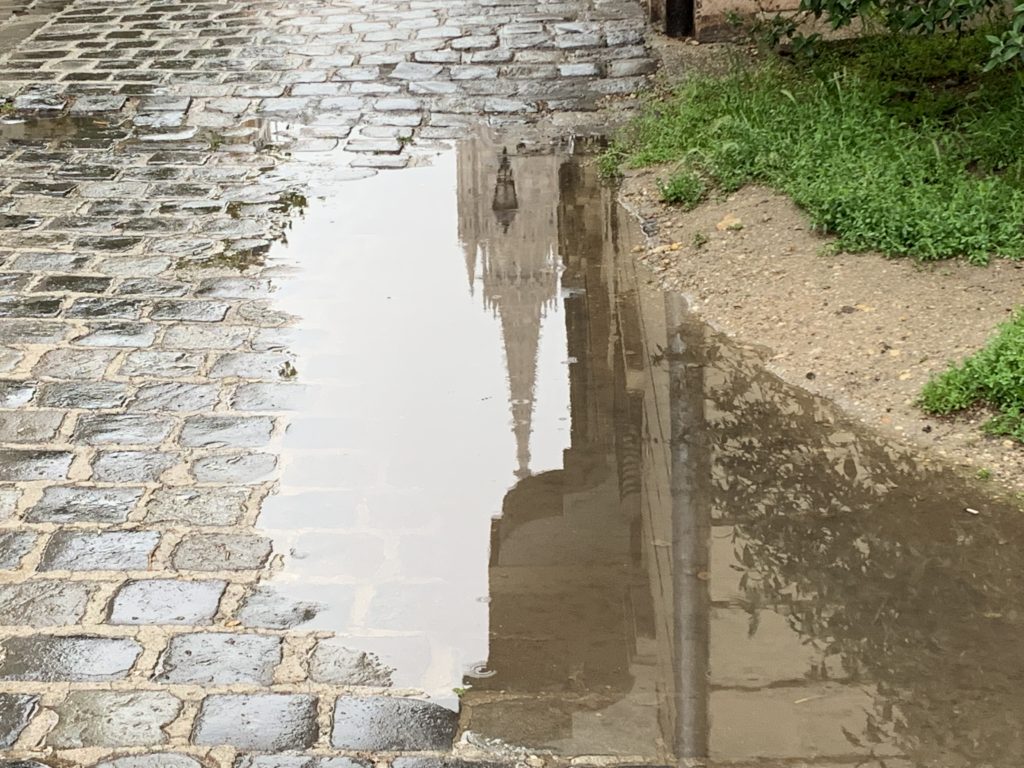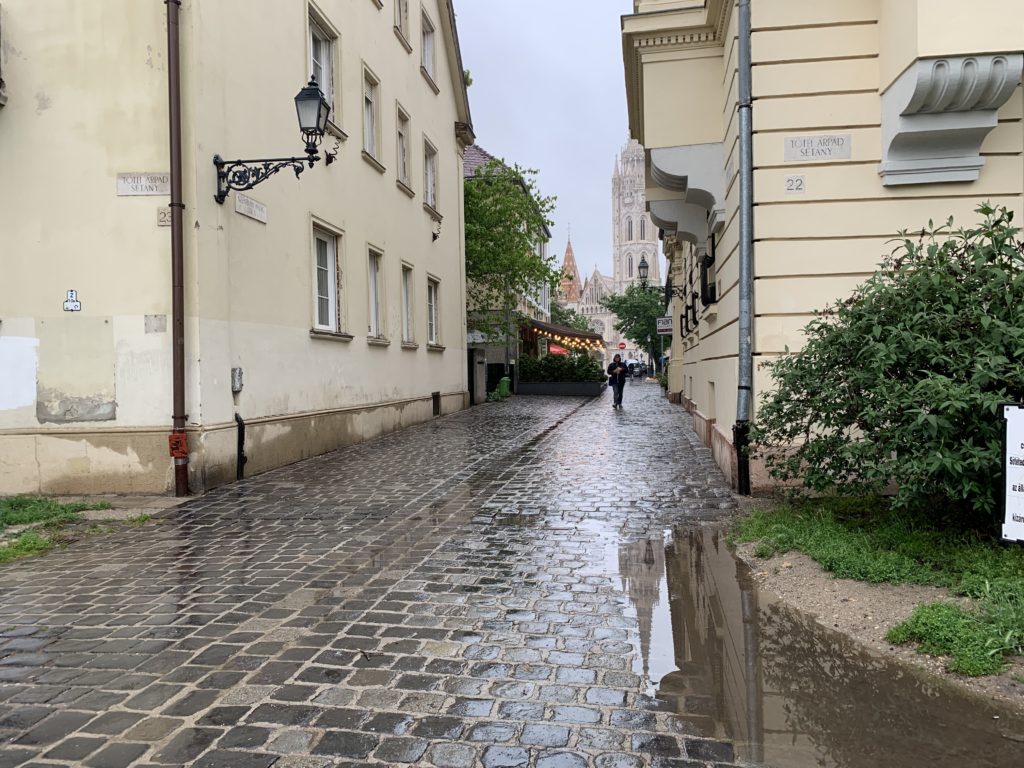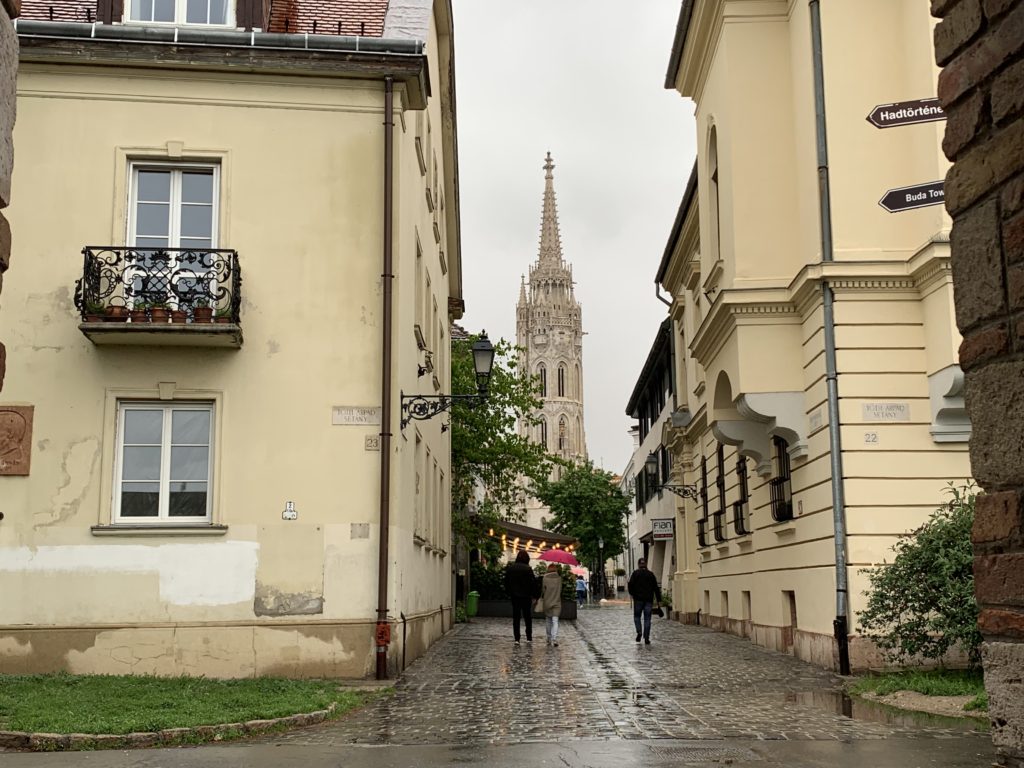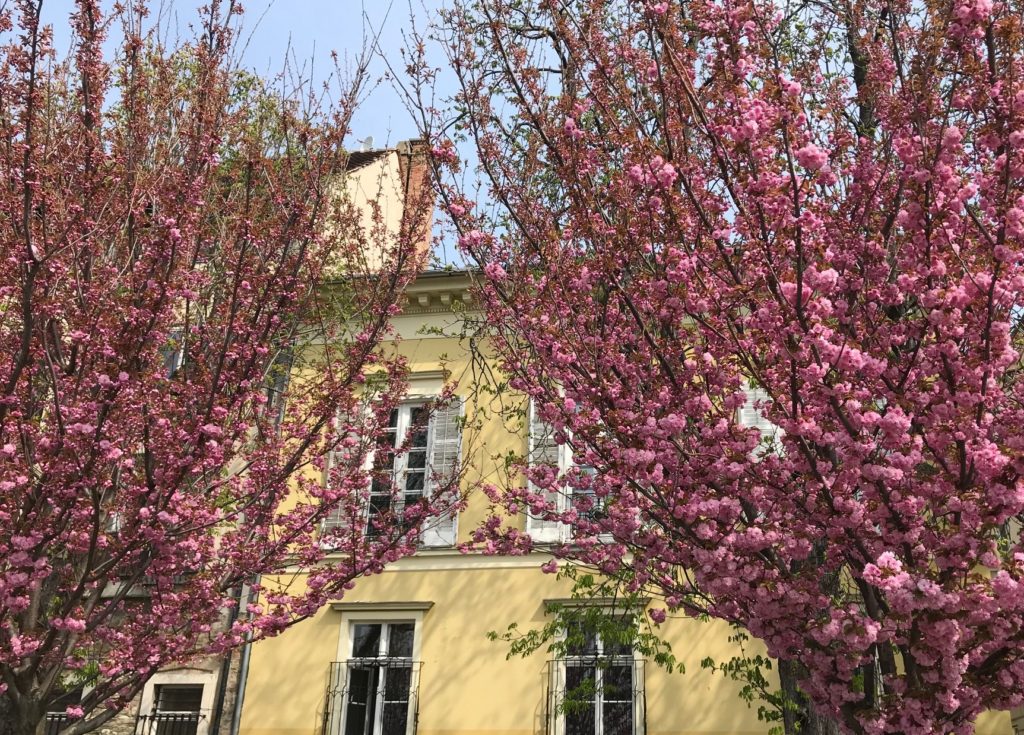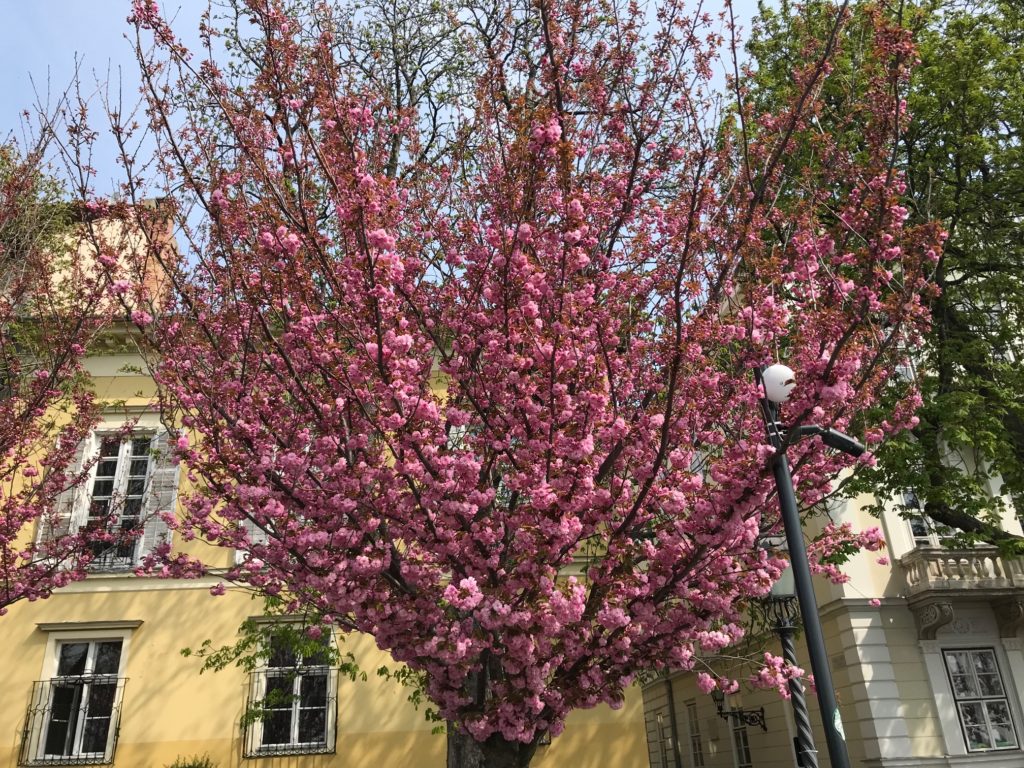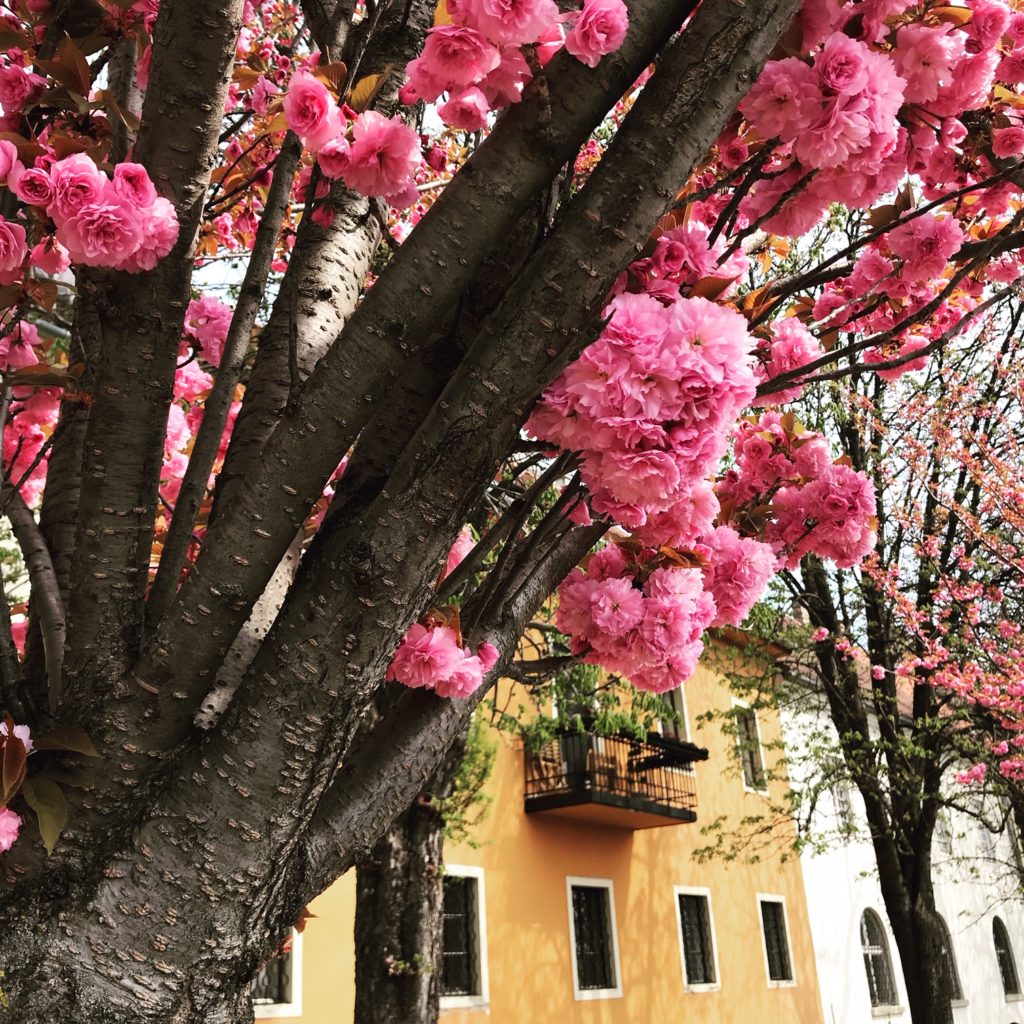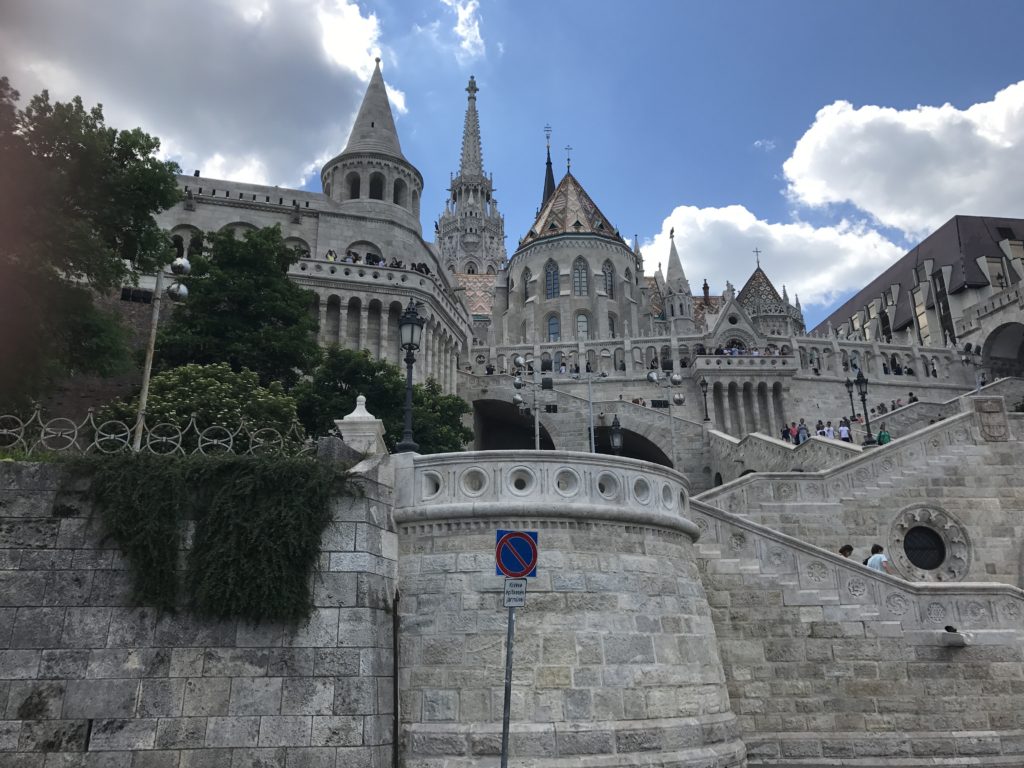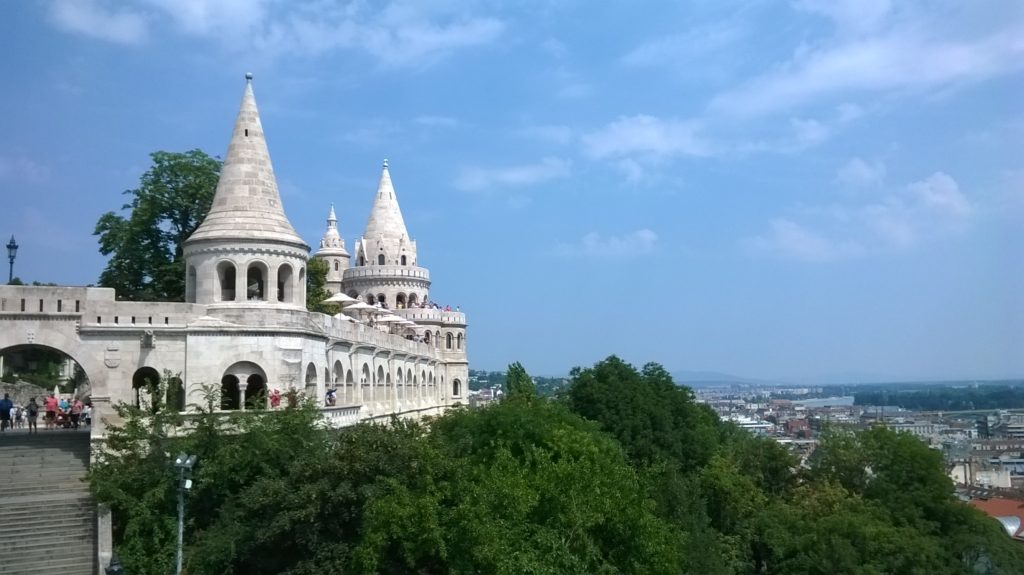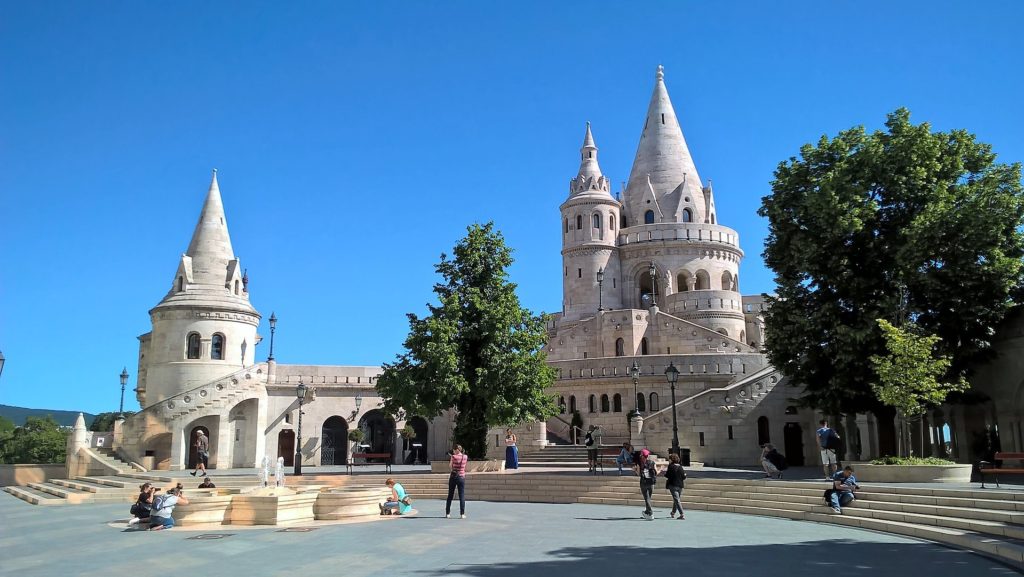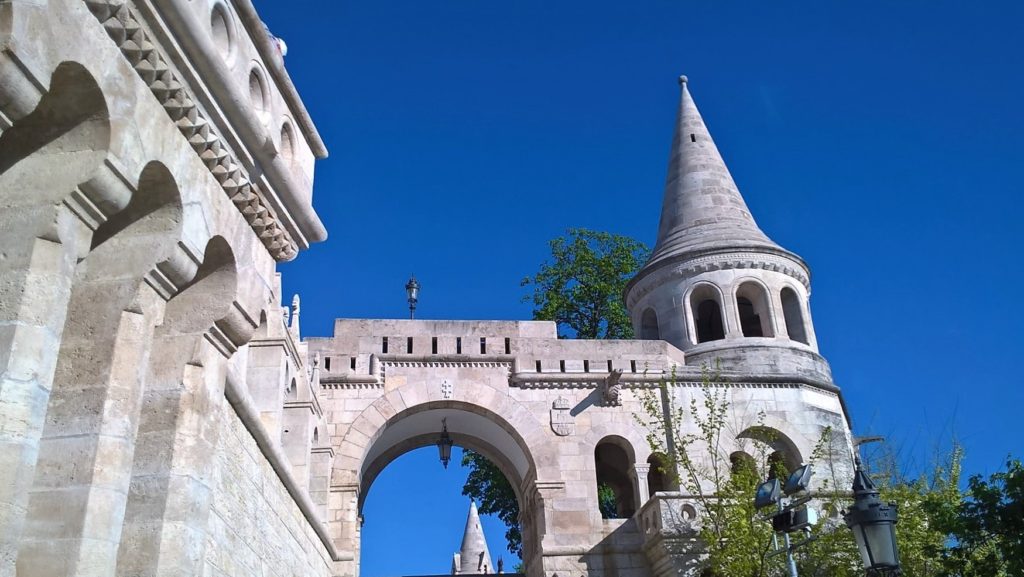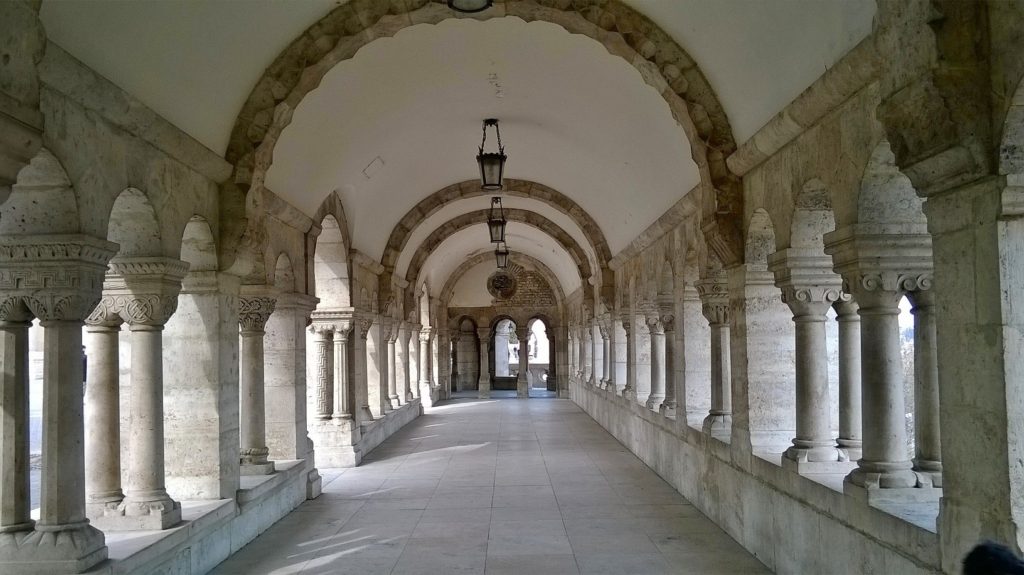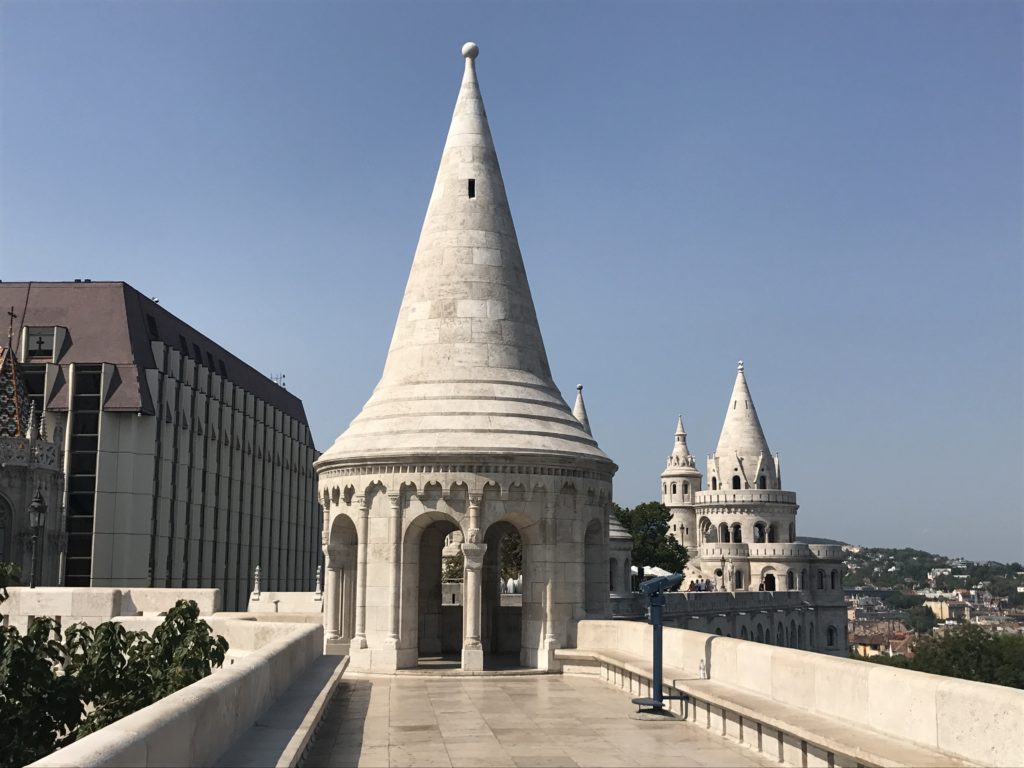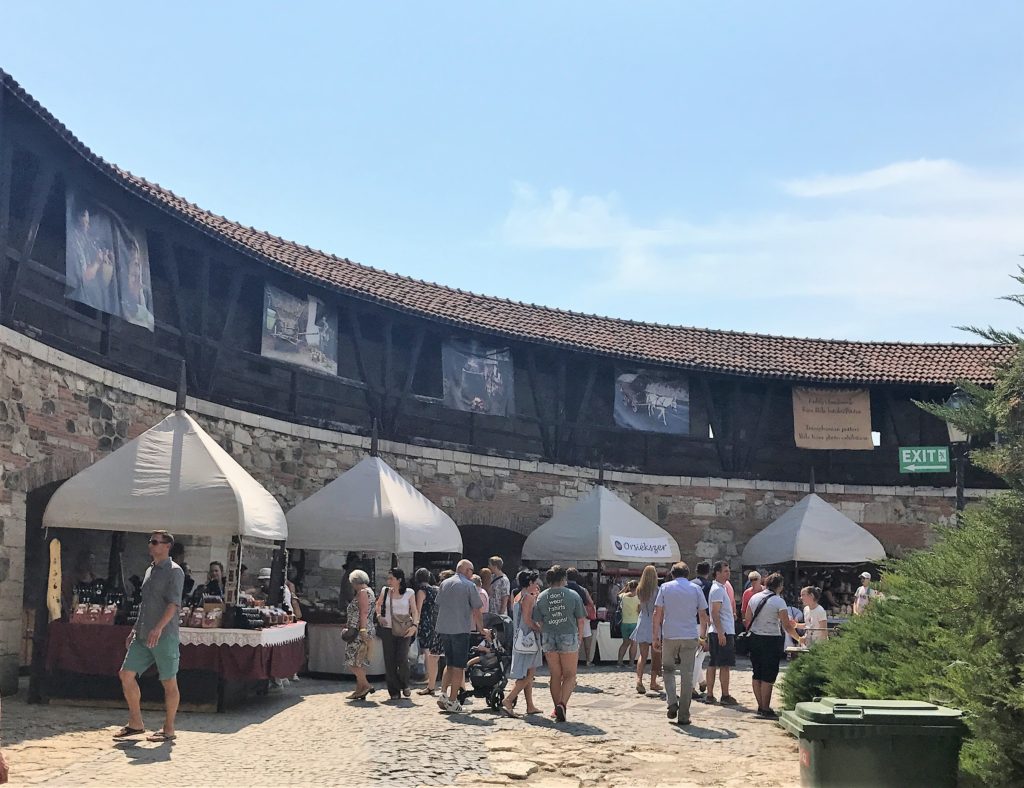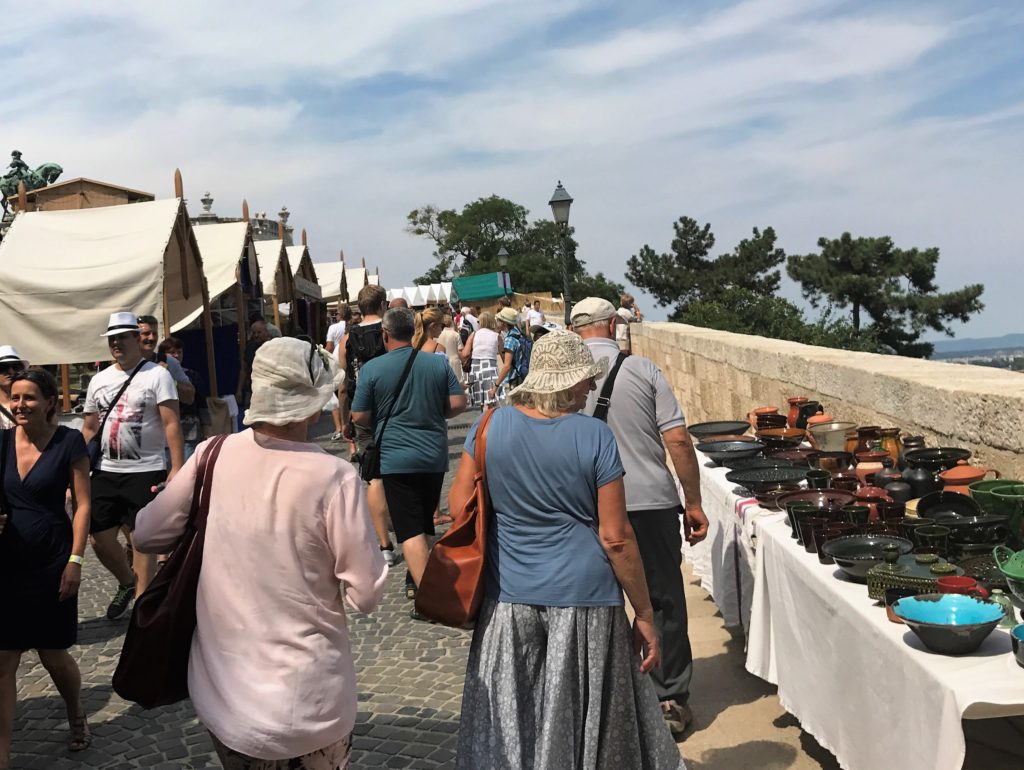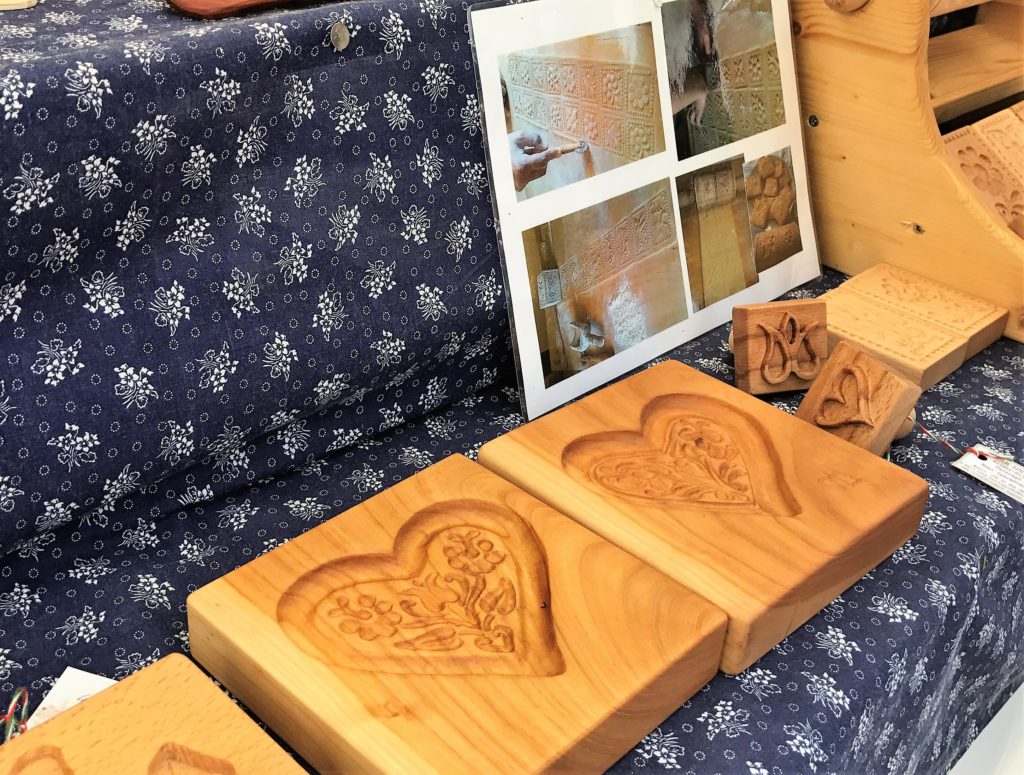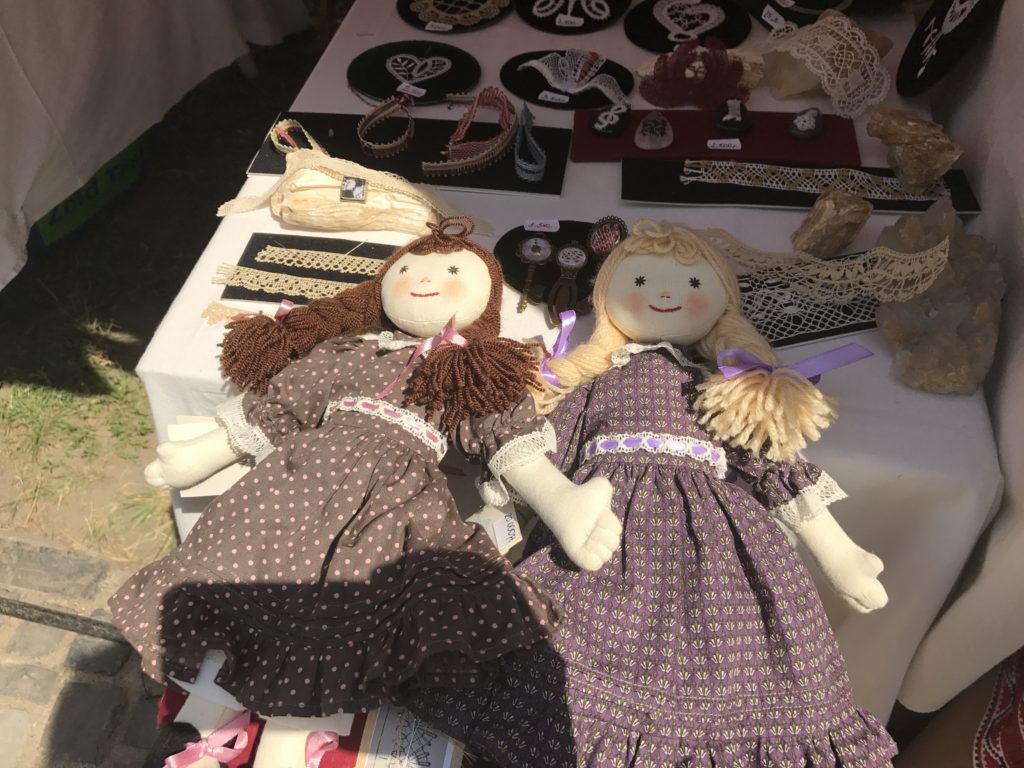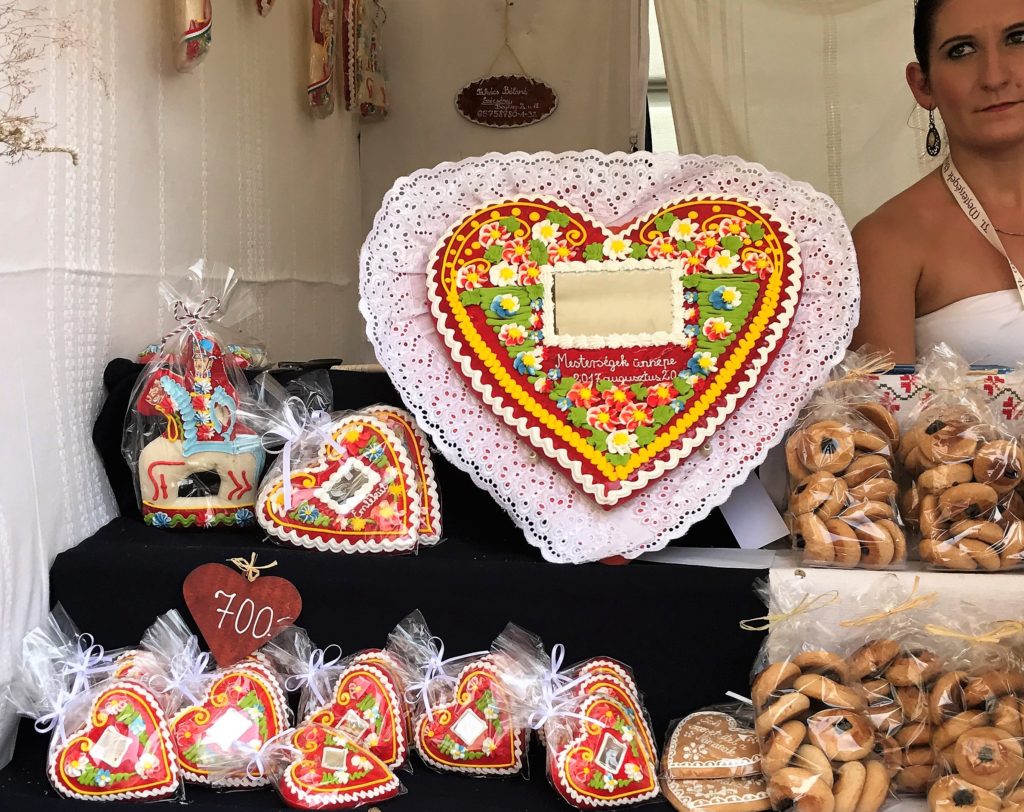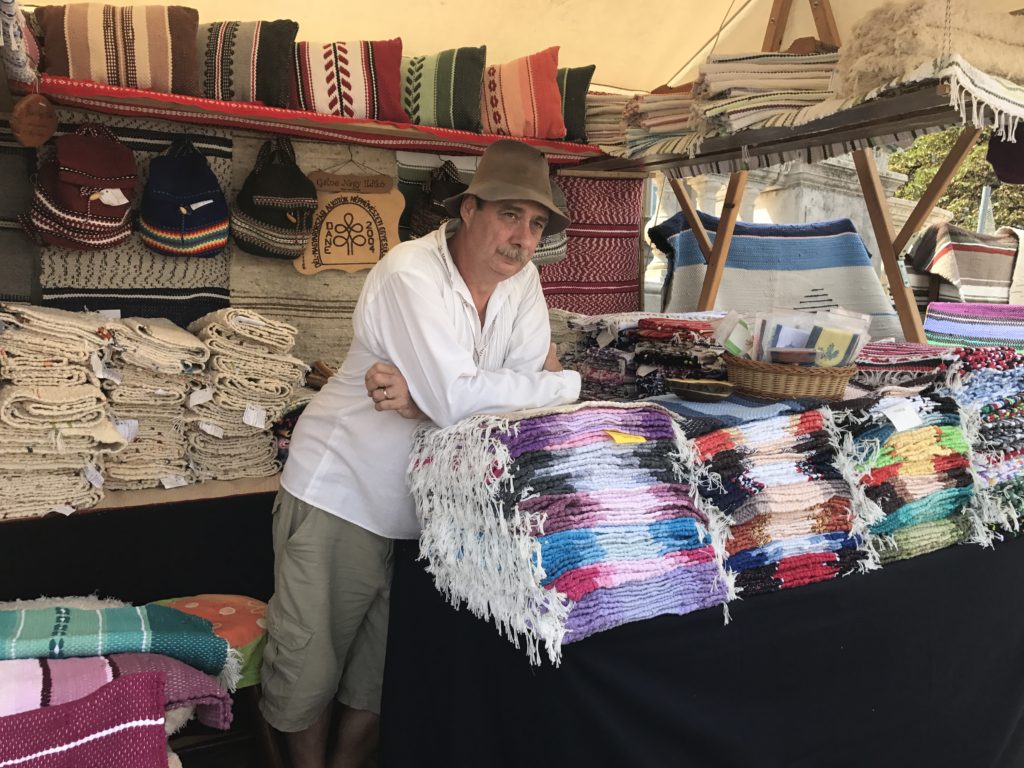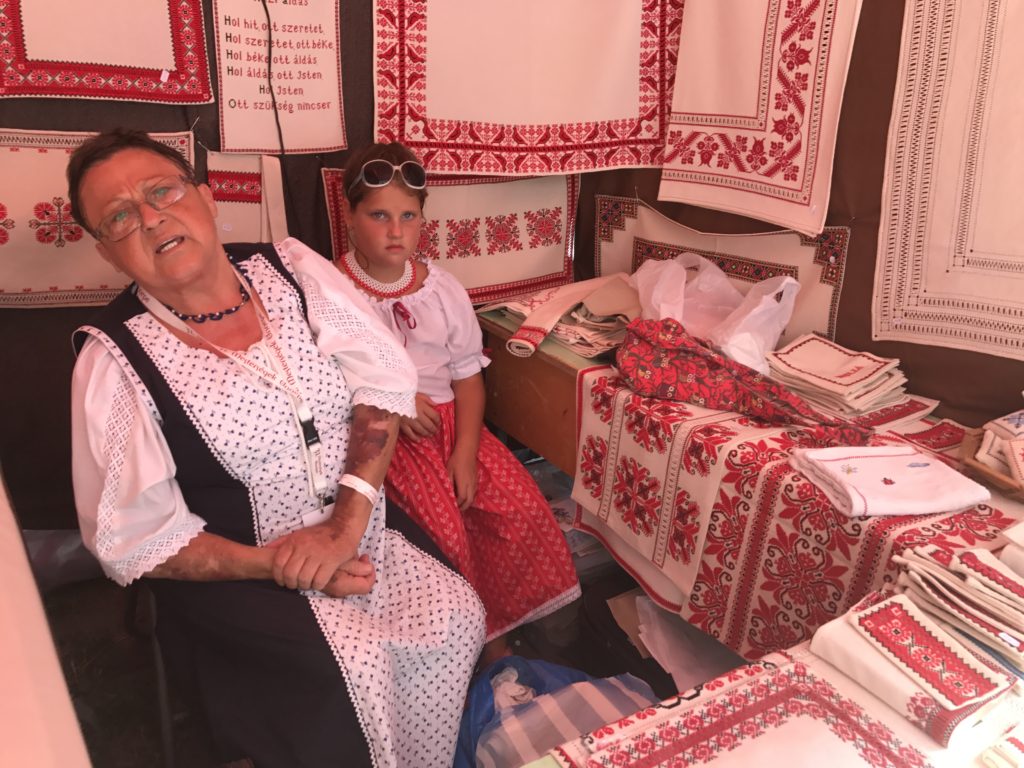The cute little cable car has been transporting millions of passengers from the Chain Bridge to the top of the Castle hill (or the other way) since its opening in 1870. You might have seen it appearing in Wes Anderson’s The Grand Budapest Hotel, too.
Originally it was operated by steam and was destroyed in WW2. Since its reconstruction it’s been an electric cable car.
My insider tip: if you want to avoid long lines, don’t take it to go to the top but take it to descend to the Chain Bridge from the Royal Palace.
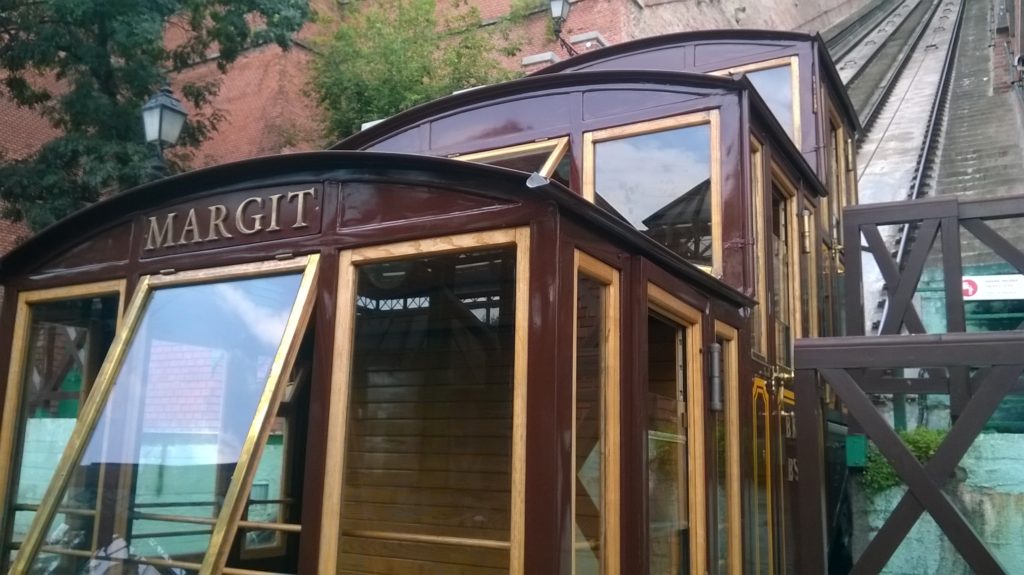
Buda Castle Funicular 
Buda Castle Funicular
I’m starting a new series to introduce you the most famous statues of Budapest and some of the hidden gems, too. These are the beautiful monuments of Budapest we usually see on our walking or driving tours in Buda and Pest.
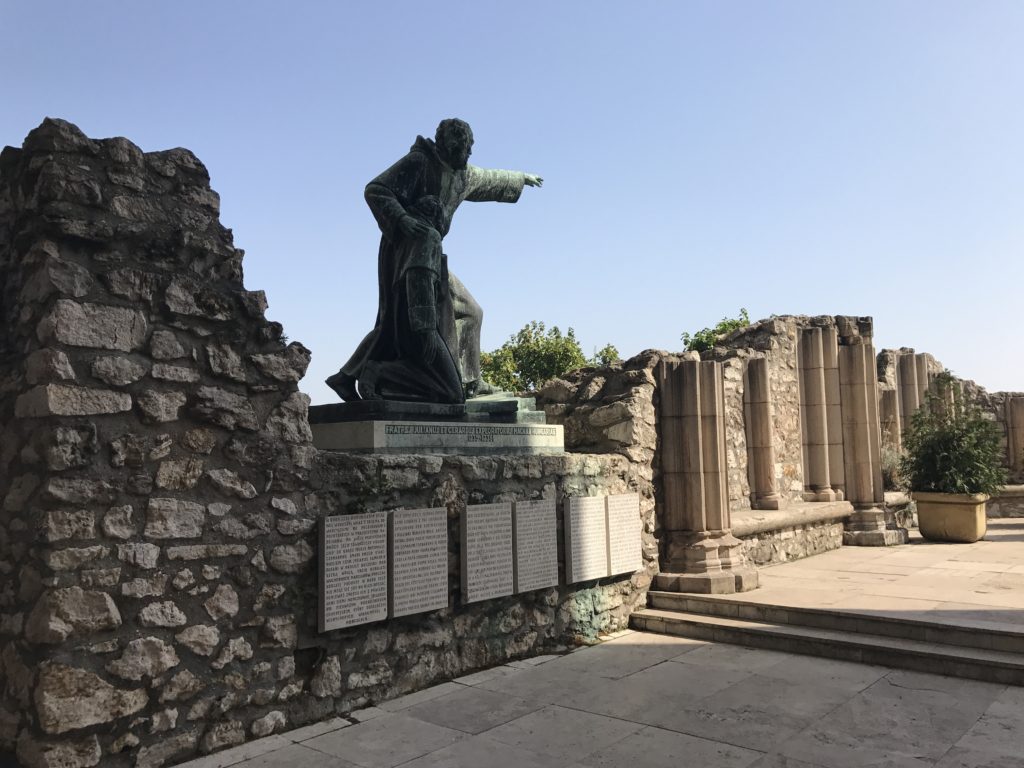
Julianus and Gerhardus, Hungarian monks who travelled all the way to near the Ural Mountains in the 13th century to find Magna Hungaria, the territories where the Hungarians had lived before they started their migration to Europe and conquered the actual territories of Hungary.
I’m starting a new series to introduce you the most famous statues of Budapest and some of the hidden gems, too. These are the beautiful monuments of Budapest we usually see on our walking or driving tours in Buda and Pest.
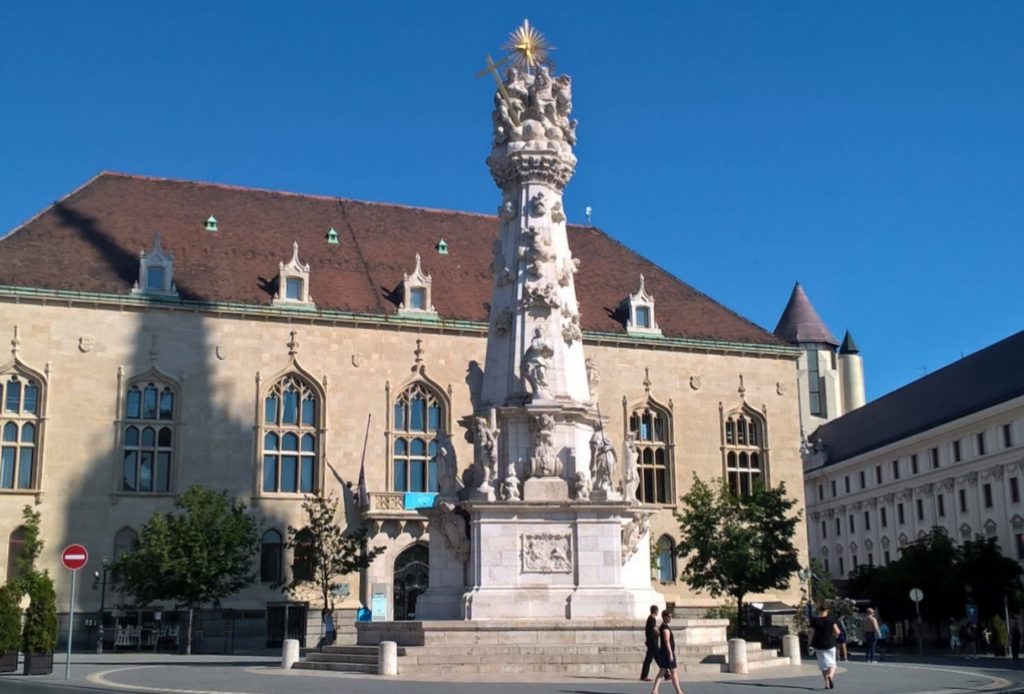
The Holy Trinity monument is in the Buda Castle District, near the Matthias Church. It was erected at the beginning of the 18th century by the people who had survived the Black Plague and wanted to show their gratitude to God for saving their lives.
My favorite part of the year Budapest is getting more colorful and beautiful ever day. This is cherry blossom in the Buda Castle District. Come and see for yourself!
The fairytale castle-like lookout terrace built to replace the medieval town walls of Buda overlooks the Pest side and the Parliament building in particular. Famous of its panoramic views and the 7, richly ornate towers symbolizing the seven Hungarian tribes who conquered the actual territories of Hungary in 896.
Named after the Fishermen of Buda, who had the task to protect this segment of the town walls in the Middle Ages, it really is one of the most beautiful highlights of any Budapest driving or walking tour.
Every year, around the 20th of August, St. Stephen’s day, you can meet great Hungarian Folk Art designers and artists, truly amazing people creating Hungarian handicraft products in the Buda Castle District.
The best of the local pottery, jewellry, wooden products, ceramics, fabrics an much more can be seen and purchased. You can also try some of the hard work as weaving, sewing or doing embroideries. Also, it’s a great opportunity to taste some Hungarian treats!
